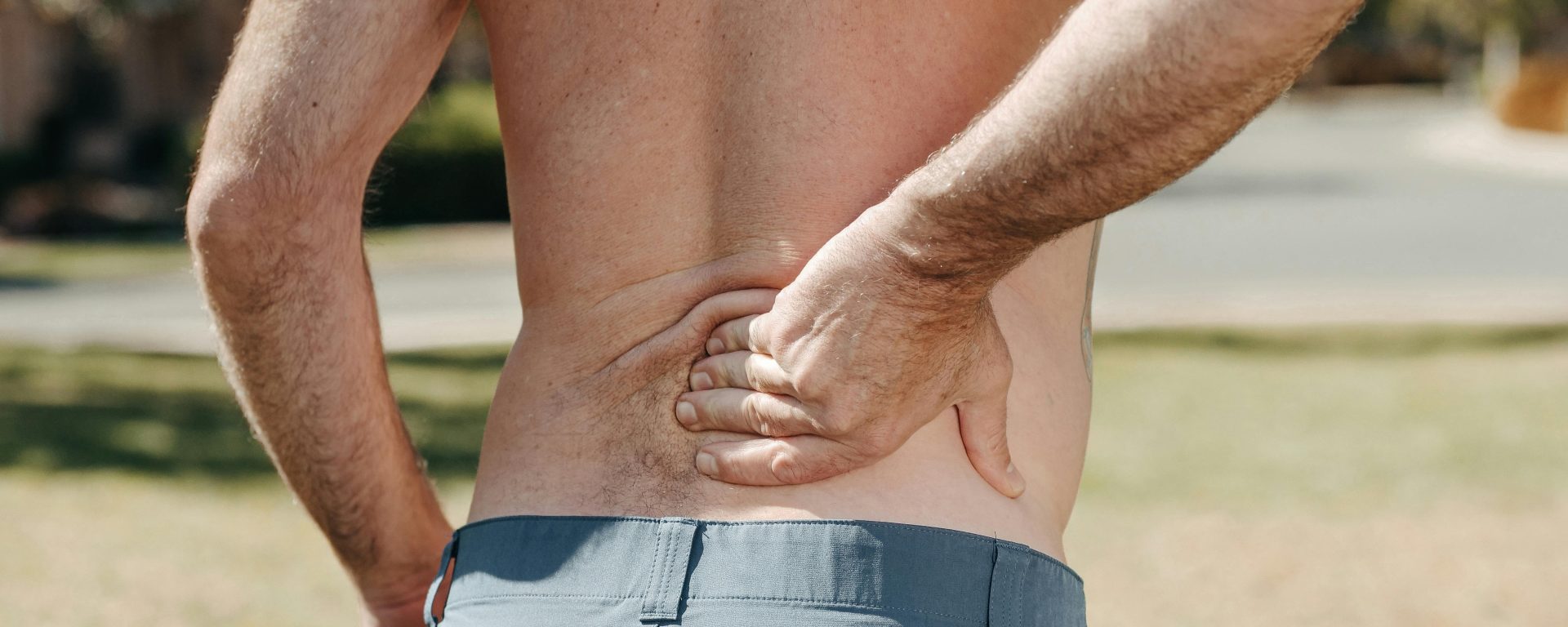In 2000, the study conducted by T. F. Meszaros, et. al., employed a single-group test-retest repeated measures design to investigate the impact of lumbar traction on the straight leg raise (SLR) test in symptomatic patients experiencing low back pain. The traction was administered with three different force levels: 10%, 30%, and 60% of the body weight. The primary objective was to assess the influence of these traction forces on the pain-free mobility of the lower extremity, measured through the SLR test.
Current literature provides diverse recommendations on the execution of lumbar traction, with variations in duration, frequency, force, and technique. This study aimed to contribute valuable insights by specifically examining the effects of different force levels (10%, 30%, and 60% of body weight) on the SLR test, a commonly used measure for assessing lower extremity mobility in individuals with low back pain or radicular symptoms.
Ten participants with self-reported low back pain or radicular symptoms and a positive unilateral SLR test below 45 degrees were included in the study. The pain-free mobility of the lower extremity during the SLR test was measured both before and immediately after a 5-minute static traction in the supine position. The order of traction force application (10%, 30%, and 60% of body weight) was randomly assigned to minimize potential bias.
The findings revealed significant improvements in SLR measurements immediately following 30% and 60% of body weight traction compared to pretraction and 10% of body weight traction. Mean SLR measurements (±SD) were as follows: pretraction (24.1 degrees ± 13.0), 10% of body weight traction (27.4 degrees ± 14.5), 30% of body weight traction (34.0 degrees ± 14.3), and 60% of body weight traction (36.5 degrees ± 15.8).
The study’s conclusions indicate that traction positively influenced the mobility of the lower extremity during the SLR test in the targeted patient group. Notably, both 30% and 60% of body weight tractions were found to be effective in increasing motion beyond pretraction levels. These results contribute valuable insights to the ongoing discourse on lumbar traction, providing evidence for its positive impact on specific clinical parameters in patients with low back pain and radicular symptoms.
Reference: Meszaros, T. F., Olson, R., Kulig, K., Creighton, D., & Czarnecki, E. (2000). Effect of 10%, 30%, and 60% body weight traction on the straight leg raise test of symptomatic patients with low back pain. Journal of Orthopaedic & Sports Physical Therapy, 30(10), 595-601.
